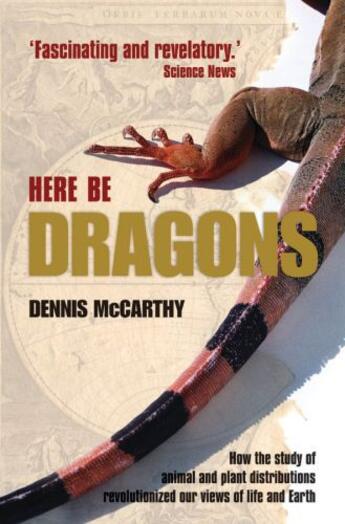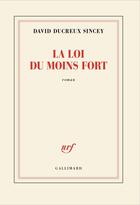-
Nombre de pages : (-)
-
Collection :
(-)
-
Genre :
(-)
-
Thème :
Non attribué
-
Prix littéraire(s) :
(-)
Résumé:
Why do we find polar bears only in the Arctic and penguins only in the Antarctic? Why do oceanic islands often have many types of birds but no large native mammals?
As Charles Darwin and Alfred Russel Wallace travelled across distant lands studying the wildlife they both noticed that the... Voir plus
Why do we find polar bears only in the Arctic and penguins only in the Antarctic? Why do oceanic islands often have many types of birds but no large native mammals?
As Charles Darwin and Alfred Russel Wallace travelled across distant lands studying the wildlife they both noticed that the distribution of plants and animals formed striking patterns - patterns that held strong clues to the past of the planet.
The study of the spatial distribution of living things is known as biogeography. It is a field that could be said to have begun with Darwin and Wallace. In this lively book, Denis McCarthy tells the story of biogeography, from the 19th century to its growth into a major field of interdisciplinary research in the present day. It is a story that encompasses two great, insightful theories that were to provide the explanations to the strange patterns of life across the world - evolution, and plate tectonics.
We find animals and plants where we do because, over time, the continents have moved, separating and coalescing in a long, slow dance; because sea levels have risen, cutting off one bit of land from another, and fallen, creating land bridges; because new and barren volcanic islands have risen up from the sea; and because animals and plants vary greatly in their ability to travel, and separation has caused the formation of new species. The story of biogeography is the story of how life has responded and has in turn altered the ever changing Earth. It is a narrative that includes many fascinating tales - of pygmy mammoths and elephant birds; of changing landscapes; of radical ideas by bold young scientists first dismissed and later, with vastly growing evidence, widely accepted. The story is not yet done: there are still questions to be answered and biogeography is a lively area of research and debate. But our view of the planet has been changed profoundly by biogeography and its related fields: the emerging understanding is of a deeply interconnected system in which life and physical forces interact dynamically in space and time.
Donner votre avis














